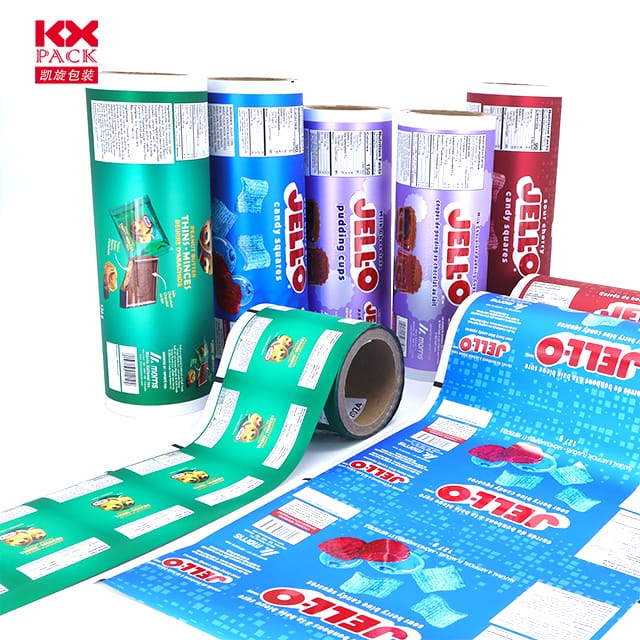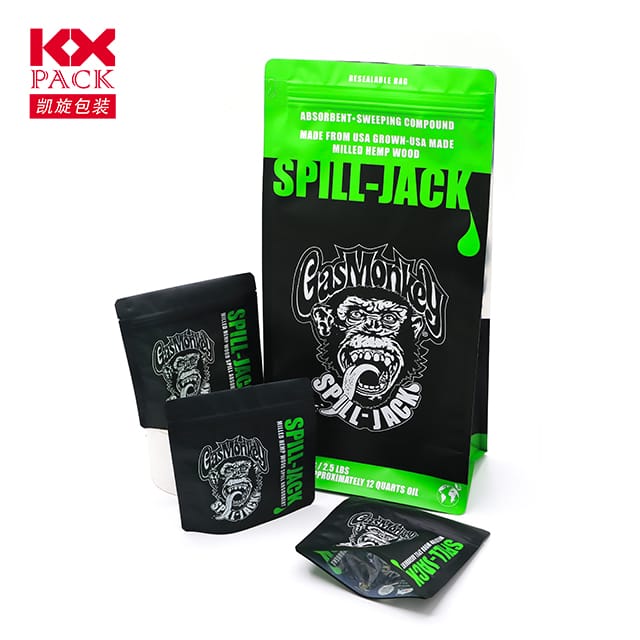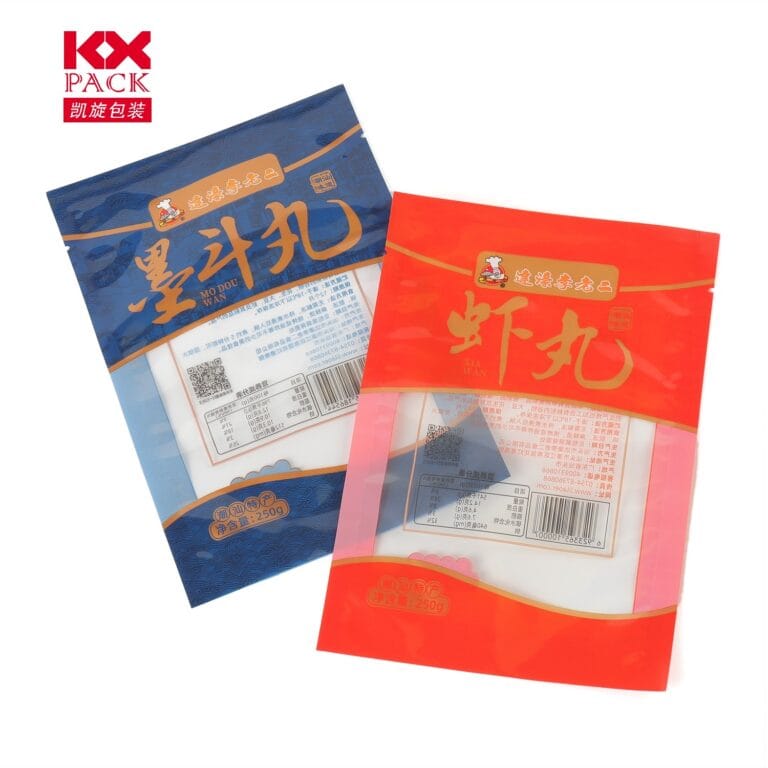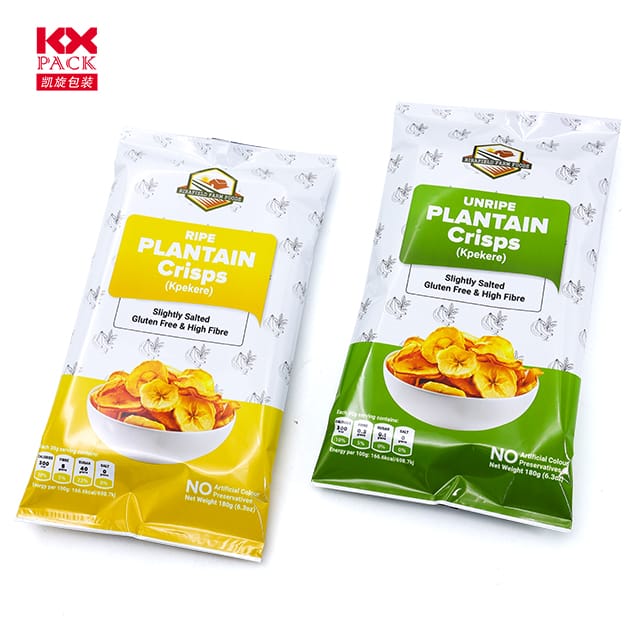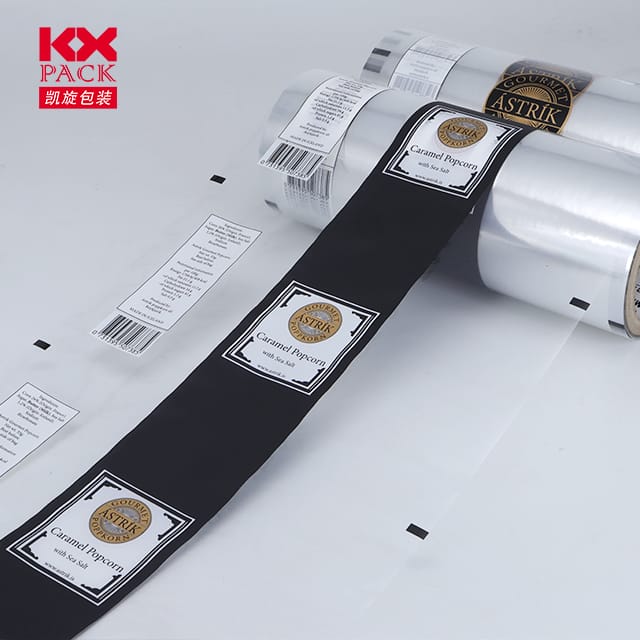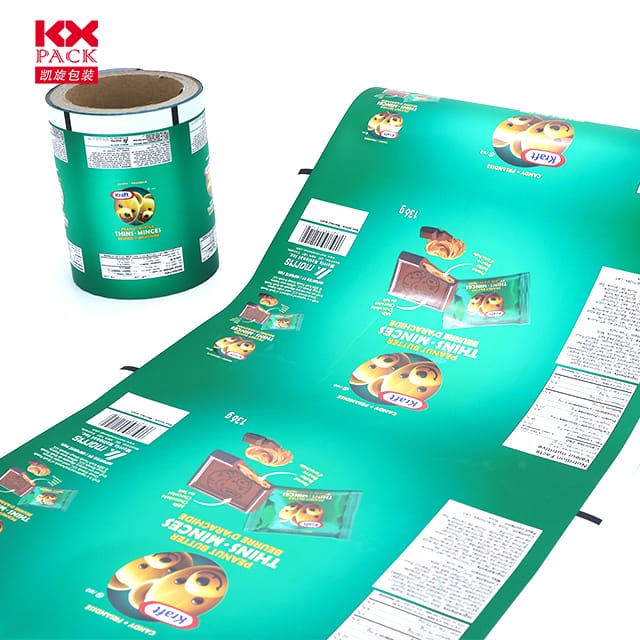Le héros méconnu des projets de bricolage: Le roll de cinéma stratifié polyvalent
Roll de cinéma stratifié
Dans la vaste gamme de fournitures de bricolage et de fabrication, Il y a un élément qui vole souvent sous le radar mais qui contient un coup de poing significatif - le rouleau de cinéma stratifié. Ce rouleau apparemment simple de film plastique a révolutionné la façon dont nous préservons, protéger, et afficher nos efforts créatifs, des projets scolaires aux présentations professionnelles. Aujourd'hui, Frimons les projecteurs sur le tour de film laminant, Explorer ses nombreuses utilisations, avantages, et comment obtenir les meilleurs résultats lors de l'utilisation.
Qu'est-ce que le roll à la stratification?
Le rouleau de film laminant est un type de film plastique qui vient en rouleaux, Généralement allant de quelques pieds à des centaines de pieds de longueur. Il est conçu pour être respecté des matériaux imprimés à l'aide de la chaleur ou de l'adhésif sensible à la chaleur, Création d'une couche protectrice qui protège le contenu de l'usure, larme, humidité, et la décoloration. Le film est généralement fabriqué à partir de polyester ou de polypropylène, connu pour leur durabilité et leur clarté.
Types de rôti de film plastifiant
- Film de stratification thermique: Ce type nécessite une machine à stratification pour appliquer la chaleur et la pression, fusionner le film au journal. Il offre une qualité de haute qualité, finition professionnelle et est idéal pour les documents qui ont besoin d'une protection à long terme.
- Film de plastification auto-adhésif: Comme son nom l'indique, Ce film a un support adhésif qui lui permet d'être appliqué manuellement sans avoir besoin d'une machine. Il est parfait pour des projets rapides ou lorsqu'une machine à stratification n'est pas disponible.
- Film de plastification de Matt et Gloss: Ces variations offrent des finitions différentes. Le film Matt fournit une surface non réfléchissante, Réduire l'éblouissement et améliorer la lisibilité, tandis que le film gloss ajoute un brillant, look poli qui peut améliorer les couleurs et les détails.
Avantages de l'utilisation de la plastification de film
- Durabilité: Le film laminant prolonge considérablement la durée de vie des matériaux imprimés, les protéger des déversements, éraflures, Et l'usure générale.
- Apparition professionnelle: Un document ou des illustrations laminés semble poli et professionnel, Ajouter une touche de sophistication à tout projet.
- Versatilité: Des photos aux rapports, Cartes de visite aux projets scolaires, Le film laminant peut être utilisé sur un large éventail de matériaux et de tailles.
- Rentable: En protégeant des documents et des œuvres de dommages prématurés, Le film plastimable peut réduire le besoin de remplacements, Économiser de l'argent à long terme.
Comment utiliser efficacement le rouleau de film plastiquant
- Préparation: Assurez-vous que la surface à laminée est propre, sec, et sans poussière ou débris. Coupez le film à la taille souhaitée, Laisser une petite bordure pour l'erreur.
- Application: Pour la plastification thermique, alimenter le document dans la machine à stratification avec le film, Suivre les instructions de la machine. Pour un film auto-adhésif, Décollez le papier de support et lissez le film à la surface, Utilisation d'une raclette ou d'une carte de crédit pour supprimer toutes les bulles.
- Finition: Permettez au film de se mettre en fonction des instructions du fabricant. Pour laminage thermique, Cela peut impliquer de permettre au film de refroidir. Pour un film auto-adhésif, Appuyez fermement sur les bords pour assurer une obligation sécurisée.
Utilisations créatives pour le rôti de cinéma plastifier
- Protéger les œuvres: Préservez vos peintures, dessins, Et des photographies de dégâts.
- Améliorer les documents: Faire des CV, rapports, et les présentations semblent plus professionnelles.
- Projets de bricolage: Créer des signes durables, étiquettes, et les décalcomanies pour une utilisation à domicile ou au bureau.
- Emballage cadeau: Ajouter un unique, Touche protectrice à vos cadeaux par le papier décoratif plastifiant.
Réflexions finales
Le Roll Film Lamiating est un polyvalent, moyen rentable de protéger et d'améliorer vos efforts créatifs. Que vous soyez enseignant, étudiant, professionnel, ou amateur de bricolage, Investir dans un rouleau de film de plastification peut ouvrir un monde de possibilités. En comprenant les différents types et en apprenant à les utiliser efficacement, Vous pouvez vous assurer que vos projets sont à leur meilleur et durent plus longtemps. Donc, Pourquoi attendre? Embrassez le pouvoir du film de stratification et laissez votre créativité briller.

